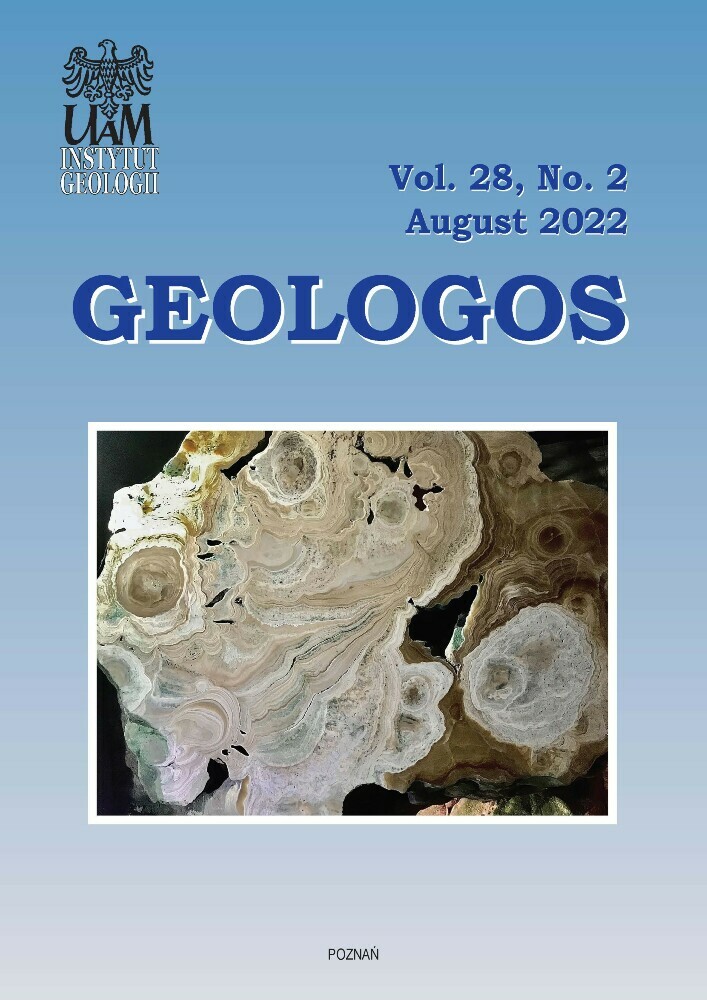Abstract
The present paper investigates the colour dependence of mineral compositions in clay-rich sedimentary strata, mainly clayey silts, the emphasis being on iron-bearing minerals (rather than clay minerals) by using powder X-ray diffraction (PXRD) and 57Fe Mössbauer spectroscopy (57Fe-MS). The PXRD-based phase analysis has demonstrated the variable compositions of samples, consisting of, inter alia, quartz, calcite or gypsum, and admixtures of potassium feldspars and plagioclase. Hematite + goethite (sample D1, dark red), goethite (sample D2, pinkish brown), poorly crystalline goethite (sample D3, orange) and jarosite (sample D4, yellow) have been distinguished. A very low jarosite content was detected in sample D5 (light grey); this did not affect its colour. The potential yellow/brown shades in sample D6 (dark grey), coming from trace amounts of jarosite, are masked by macroscopically visible organic matter. In the case of the two last-named samples (D5 and D6), with trace amounts of Fe-bearing minerals, it is most likely that the organic matter was effective in influencing the light and dark grey colour of the sediment, respectively.
License
Copyright (c) 2022 Jakub Klęsk, Artur Błachowski, Ryszard Diduszko, Łukasz Kruszewski, Marek Widera

This work is licensed under a Creative Commons Attribution-NonCommercial-NoDerivatives 3.0 Unported License.
